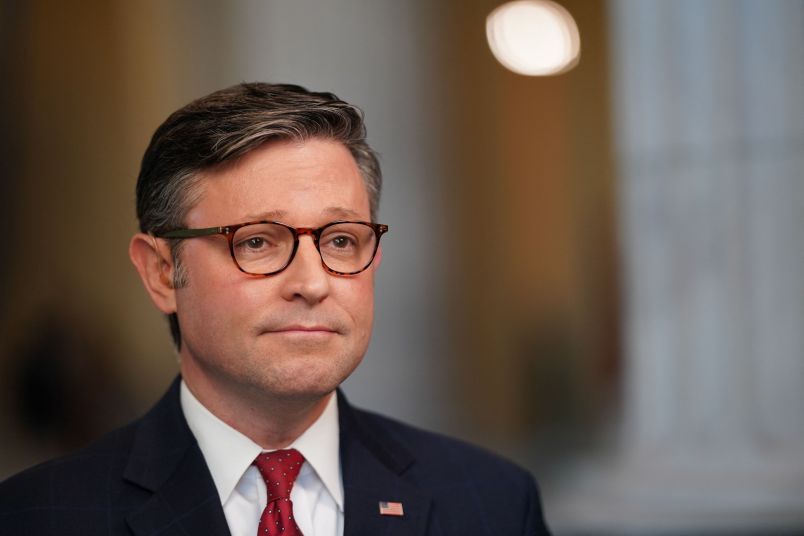Sen. Reid’s announcement today is just one more increment in the progress of health care reform. But it is worth stepping back to note the importance that an outside-the-box idea can have in significantly changing the terms of a major policy debate. It’s generally agreed that the public option, which seemed close to dead 2 to 4 weeks ago, enjoyed a substantial comeback over the course of October. Many factors played a role. But a very significant one was the political jujitsu of the so-called “opt-out” Public Option compromise, which flipped the onus of the public option debate back onto the Republicans.
So I wanted to go back and take stock of just what this compromise is.
As I wrote back on the 8th, the opt-out approach isn’t ideal on the policy level. It likely leaves a substantial number of Americans without the options or price benefits of a public option. But it’s substantially different from triggers, state-based co-ops or opt-ins for two key reasons.
First is the issue of scale. The whole logic of the public option is that you have a big enough pool of people that you have the efficiencies and bargaining power that can hold down prices. This is why reformers have never had much patience with state-based programs or coops. If it’s forty or fifty mini-public options, it pretty much defeats the whole purpose because you don’t have any of the market power that allows you to negotiate favorable pricing. It’s not let a hundred flowers bloom, or fifty as the case may be. You really need one big flower.
It’s certainly a problem that a substantial number of Americans — probably in red states — would lack the public option. But by making it an opt-out rather than an opt-in, you start with a truly national program. That’s the key. The default is everyone is in. Even if you had 1/3 or even, conceivably half the states (or half the total national population in however many states) opt out, you’d still have enough heft to make it have the desired effect. And presumably you’d have by far most of the population in the program.
So that’s the starting point. While it’s not ideal, an opt-out gives you the reality of a public option whereas the other compromises give you things that superficially sound similar but actually don’t accomplish the same purpose. This was my sense of the policy dynamics when I first heard about it. And I have what I think of as a decent layman’s understanding of health care policy questions. But since the idea was floated early this month I’ve made an effort to canvass the views of the people who I consider most knowledgeable on these questions. And I think I’m on solid ground in saying that there is a consensus among the people who understand these issue best on the reform side that this is a good pragmatic compromise that may not be perfect but gets you most of what the public option concept is meant to accomplish.
Equally important is the politics. In two key ways the ‘opt-out’ flipped the political dynamics entirely. A big argument from Republicans was that the public option would force people into ‘government health care’ or in various other ways destroy the universe. The opt-out just says: ‘fine, then don’t allow it in your state. Next …’ That takes a lot of the wind out of the sails of that argument. And, more pointedly, conservative and moderate Dems who were afraid of voting for the full public option seem to think that this gives them sufficient cover to vote for it — at least for the procedural 60 vote threshold, if not for the bill itself, which will take 50 votes. But that’s all that’s really necessary: getting past cloture.
And there’s one other part to this — momentum in the favor of full opt-in. Just as people rail against ‘government health care’ and love their Medicare, there’s good reason to believe that the Public Option will have been a lot scarier as a GOP straw man and a Glenn Beck temper tantrum than it will as a real world option for people who can’t get private coverage. And if the public option is available in North Carolina, just to pick a hypothetical, and not South Carolina, after a while, people in the South Carolina might start to wonder what the logic was of denying them a lower cost health insurance option. And if that’s true, presumably, pressure will build in the opt-out states to opt-in. So even if a substantial number of people aren’t covered at the start, there’s good reason to believe that will change over time.
Of course, if the public option is really a disaster, the momentum could go the other way. But that’s just another way of saying that it sets up a good experiment. We’ll see which states fare better and people can make their choices.








